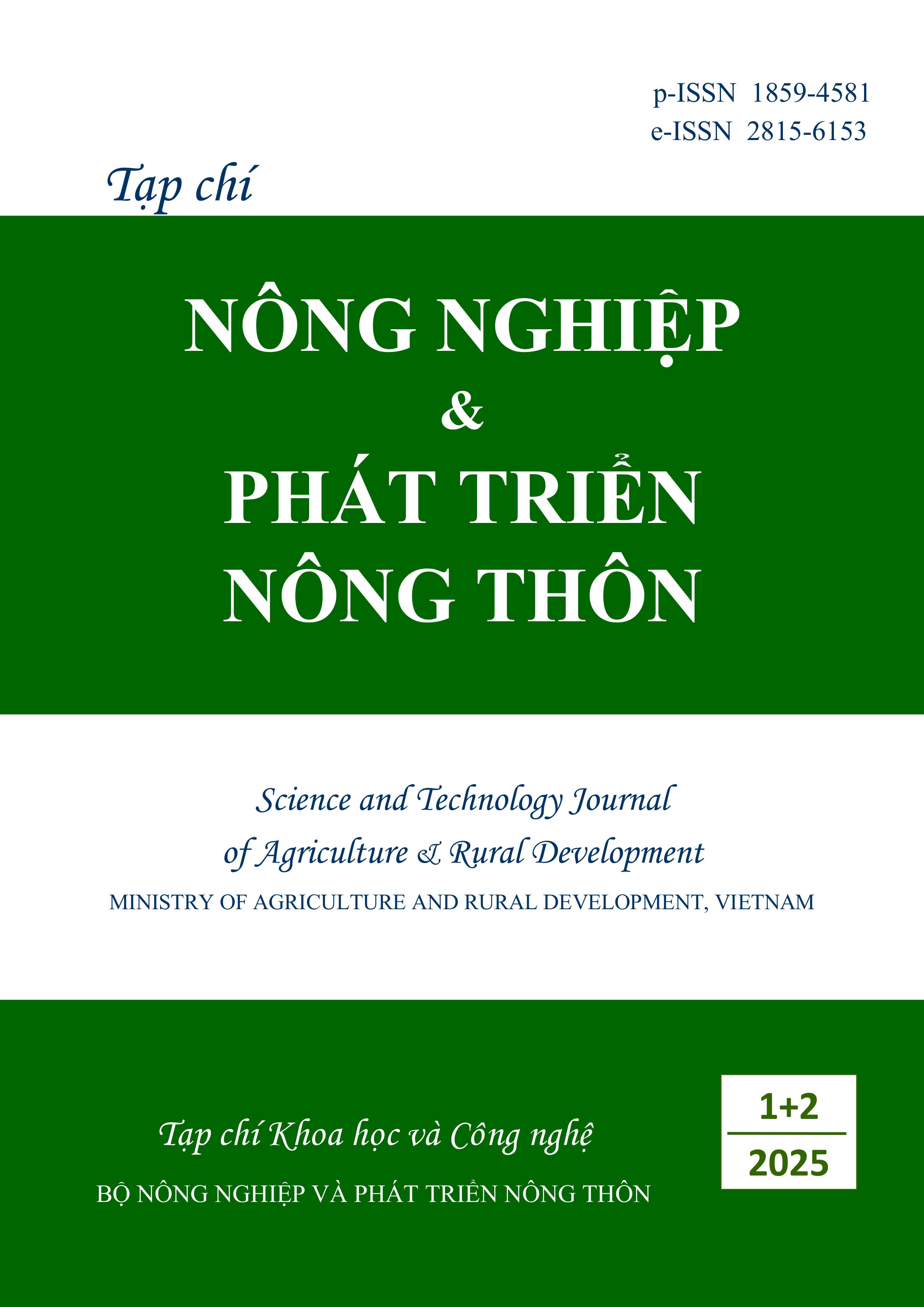SPATIAL DISTRIBUTION OF SOIL ORGANIC CARBON STOCKS IN THE RED RIVER DELTA
DOI:
https://doi.org/10.71254/kvm2r215Keywords:
Kriging, geostatistical, soil organic carbon stock, Red river deltaAbstract
A soil is an important carbon storing pool in territorial systems. The Red river delta is an ancient agricultural cultivation region in Vietnam and the land management practices have had effects on its soil quality, especially soil organic carbon (SOC) content. Hence, research on spatial distribution of SOC stocks in the region would provide useful information current SOC stocks under main land use types for policy-makers. This is bases for proposing effective management solutions to enhance carbon sequestration in the soils and to mitigate greenhouse gas emissions, which is related to strategies on agricultural and rural development in the future. We collected, analyzed and processed soil samples at 753 points, used the method of ordinary Kriging interpolation to estimate spatial variation of SOC stocks in the 0 - 1 m depth layer in 2022. The results stated that the average SOC stock in the Red river delta is 97.02 ± 0.02 tons/ha. The highest SOC stock (137 tons/ha) concentrates in the plain areas in Quang Ninh province and Hai Phong city and the lowest one distributes in Ha Noi Capital. Average SOC stocks in the 0 - 1 m depth layer under paddy rice, other annual crops, fruit trees and grass fields in the Red river delta are 54.74 - 181.59 ton/ha, 54.77 - 174.72 ton/ha, 54.49 - 182.05 ton/ha and 59.17 - 152.20 ton/ha, respectively.






